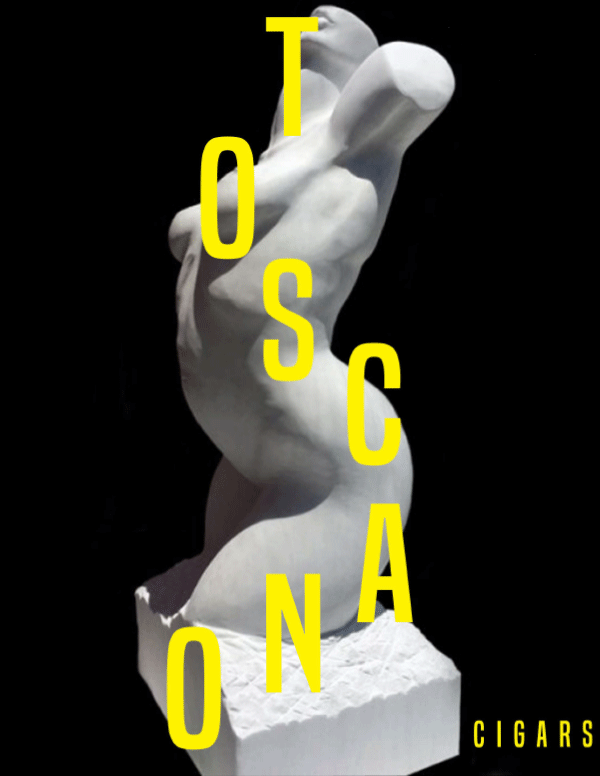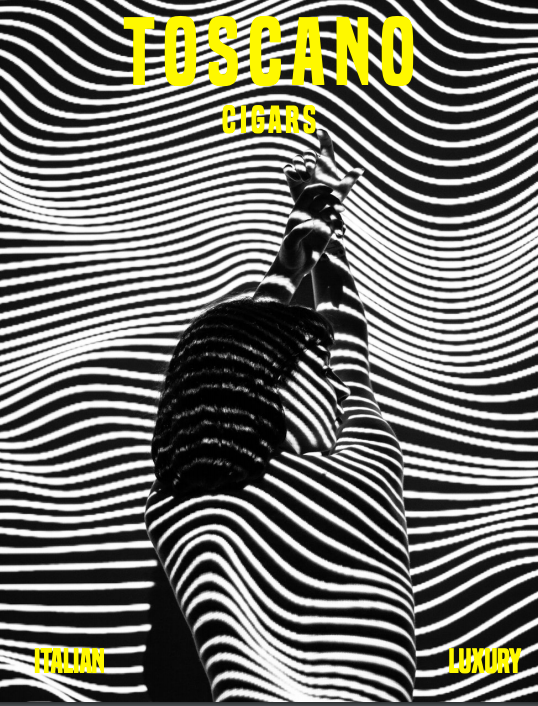I’ve been spending my summer teaching class at Nossi College of Art. I moved back to Nashville from New York City with the romantic vision of being the teacher I needed way back when. First off, I love teaching, it feels good, and I have access to more parts of me when I’m doing it. But even more motivating to me is the opportunity to open up my students, see the “lights” come on, and work with them on fun and cool new things.
I’m attaching the latest work that is coming out of my Design Media Class. This assignment was to rebrand a cigar company. One group chose a cigar (Toscano) the other to rebrand JUUL, the E-cig company. I didn’t care what they did so long as the strategy was sound. And honestly, we had to rework strategy too.
Here are a few lesson’s that came up during this assignment. Every class I teach is critique based. This means that we spend most of our time critiquing the progress the students are making on their projects. I have found by doing this I don’t have to prepare a lecture to fill class time, instead, I wait to see what is coming up in the critique and lecturing from that. All the right things come up. Here are four things that came up during this assignment… 4 things that will change the way you think about Branding and Visual Communication.
1. What if we approached Branding and Visual Communication as a relationship rather than “selling” or trying to look good?
I believe this visual communication game is a relationship between me, the designer, and my audience. And all relationships, whether romantic, friendship, or designer/audience have certain needs for connection to happen. The biggest need is true intimacy. In a romantic relationship or friendship it is very important that I express my true self so that the people I am dealing with know the real version of me. The flip side of this is that I need to show my true self to people so that I can gain relationships with people who actually like the person I like being, who I am naturally.
Anything else in unsustainable. And honestly, anything else is manipulation. If I pursue relationships by trying to tell a friendship or romantic interest how great I am: trying to impress them with career accolades, how much money I make, and generally what’s great about me, that’s trying to sell them on an image I want them to see. That’s me trying to control my image and their perception of me. In psychology that’s called codependency and its the opposite of true intimacy. Codependency is the best way to build toxic relationships that end up bitter, cold, and in my experience, end in a massive explosion.
2. True Empathy and how we get it wrong
This is the first step in the Design Thinking process and I believe it’s where most of us get it wrong. We have a hard time distinguishing between Empathy and Sympathy. I believe this comes from an improper relationship with the self. We say to ourselves “who am I to know what people want” or “I know exactly what people need and should do”, and therein lies the issue. It’s putting the mind game in a third party, I either know or don’t know what other people should do, should want, or need. Again, this leads us to codependent thinking. I label this third party thinking as Sympathy, looking from the outside.
Empathy is a little different. Like when Jesus said to “Love your neighbor as yourself”. This means before you can love someone else you must love and accept yourself first, then you are qualified to put yourself in the position of someone else and love them the way you need to be loved. But here is the trick, this is where Sympathy and Empathy are different and it is so subtle yet extremely important. With empathy we put ourself in someone else’s position, mentally of course, and ask “what would I want/need in this situation?”, versus asking “what do they want/need?”—that’s sympathy. They key is to stay centered in ourselves and use our own intuition, feelings, and thoughts to meet our own needs in that given situation, because when we meet our own needs we will meet the needs of others because in reality our own needs are those we share with everyone else.
Here’s an example to illustrate:
“If I would have asked the people what they wanted, they would have said faster horses”-Henry Ford
Empathetic thinking yields the Model T, Sympathetic thinking yields Faster Horses.
Empathy allows us to connect with people on a deeper level, because again we are offering ourselves to others in a new and meaningful way, rather than just sympathetically giving someone else something we think they might want and approve of.
3. Freedom and courage to express what we really think and feel, show who we really are.
Having the courage to act in a way that is true to ourselves is where the real challenge exists. In the classroom, I have to get students out of the mindset of trying to anticipate what I want as their teacher. In a professional setting, I have to lead creatives out of the mindset of trying to anticipate “what the client wants”, “what the creative director wants”, or “what the target market wants” and get them centered in what they want, or what they think would be cool. That’s where the good stuff comes from.
Approaching this visual communication work the way I propose requires my students to offer up themselves—honestly and intimately. And it’s scary because it’s vulnerable to honestly express what we want, need, and what we find interesting. Again it is easier to hide behind what we think is expected. It seems more comfortable to offer up behaviors and ideas we “know” will be approved of by others.
Our fear of rejection wants to control and manipulate situations to keep us “safe”. However, longterm, “going along to get along”, offering behaviors and ideas that we think will be approved of is running counter to who we actually are. And this type of mindset leaves us unfulfilled—mired in self betrayal—until one day we just can’t take it anymore. This way of working leads us to unsustainable relationships.
It’s why clients leave agencies, creatives leave jobs, and cultures go sour.
The alternative, be who you are and connect—in work, in relationships, in friendships, and with your audience.
In branding it works like this, you can either project an image you think people will like or you can project who you really are and attract the people who actually like you for who you are. The former is pander that serves no-one, the later is true intimacy and real connection.
4. We’ll never really know what “they” want, actually there is no “us” and there is no “them”.
The truth is we’ll never know what’s going on in someone else’s head. I have a hard enough time figuring out what’s going on in mine. I have to meditate, journal, and reflect daily to keep a handle on it.
In physics there is what’s called the observer effect which is the theory that the mere observation of a phenomenon inevitably changes that phenomenon. I believe this to be true, people behave differently when they think someone is watching them. When we ask for input in a formal setting like a meeting, or focus group, people will be altered by the setting. They know what they say will be analyzed, judged, and assigned value. Therefore, their behavior will be based on what they think will sound smart, be valuable, and ultimately be approved of. It’s that simple, the closer we look at things the more we alter them.
What’s better? I believe to look within ourselves. Yes, by observing what’s happening inside of us we do alter things, but for the better. We actually begin to know our true feelings, thoughts, needs, and wants. And we can figure out which of those things are coming from a place of hurt, trying to fit in, manipulation, or our true self—what makes us happy, gives us joy, and leaves us felling a sense of peace.
Ultimately, we all need and want the same things. At a deep level, we all want to feel like we know and are known by others, are loved, that we belong, and we all want a sense of peace in our lives. That is the power of connection, that we all are one at a very base level. We all want and need the same things. So when we can approach this visual communication work with empowered sense of self acceptance and love we have the potential to connect with the widest of audiences in a fulfilling and sustainable way.








